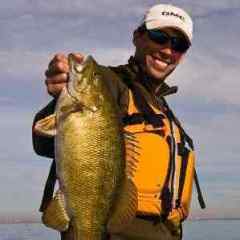
J Francho replied to snapper G's topic in Fishing Rods, Reels, Line, and Knots

J Francho replied to VikingsFan's topic in Fishing Rods, Reels, Line, and Knots

J Francho replied to snapper G's topic in Fishing Rods, Reels, Line, and Knots

J Francho replied to snapper G's topic in Fishing Rods, Reels, Line, and Knots

J Francho replied to snapper G's topic in Fishing Rods, Reels, Line, and Knots

J Francho replied to snapper G's topic in Fishing Rods, Reels, Line, and Knots

J Francho replied to tritonex17's topic in Fishing Rods, Reels, Line, and Knots

J Francho replied to tritonex17's topic in Fishing Rods, Reels, Line, and Knots

J Francho replied to CRFisher's topic in Fishing Rods, Reels, Line, and Knots

J Francho replied to SoCalRob's topic in Fishing Rods, Reels, Line, and Knots

J Francho replied to Bobby Uhrig's topic in Fishing Tackle

J Francho replied to Bassnajr's topic in Fishing Tackle
We have placed cookies on your device to help make this website better. You can adjust your cookie settings, otherwise we'll assume you're okay to continue.

